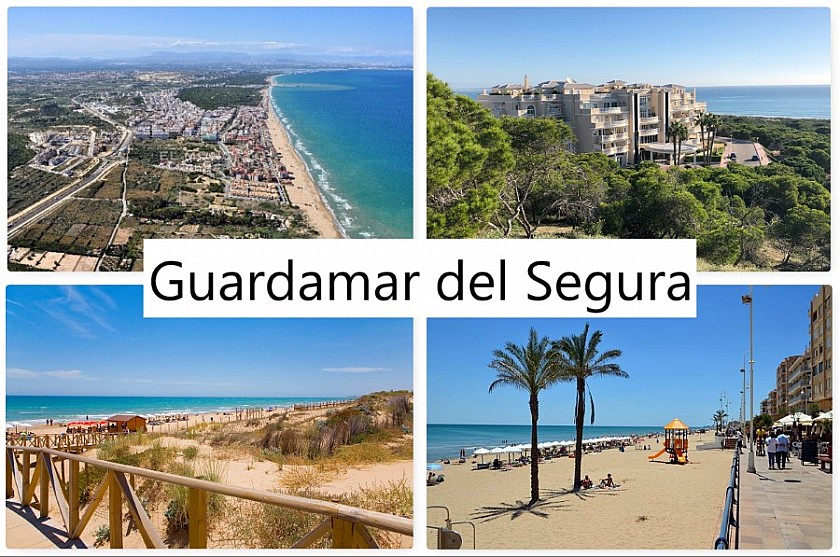
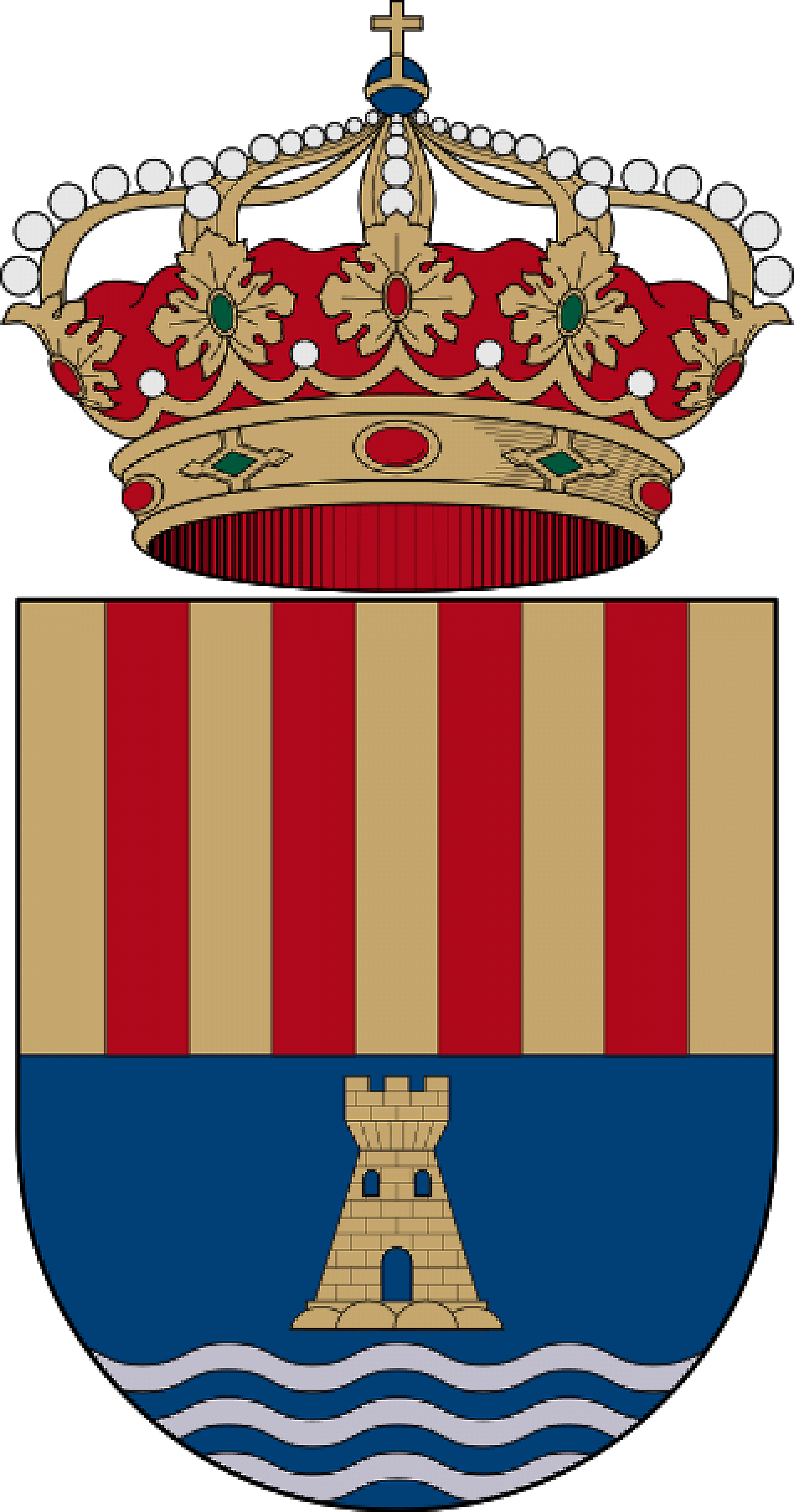
Population:
17.140 (2012)
Flag:
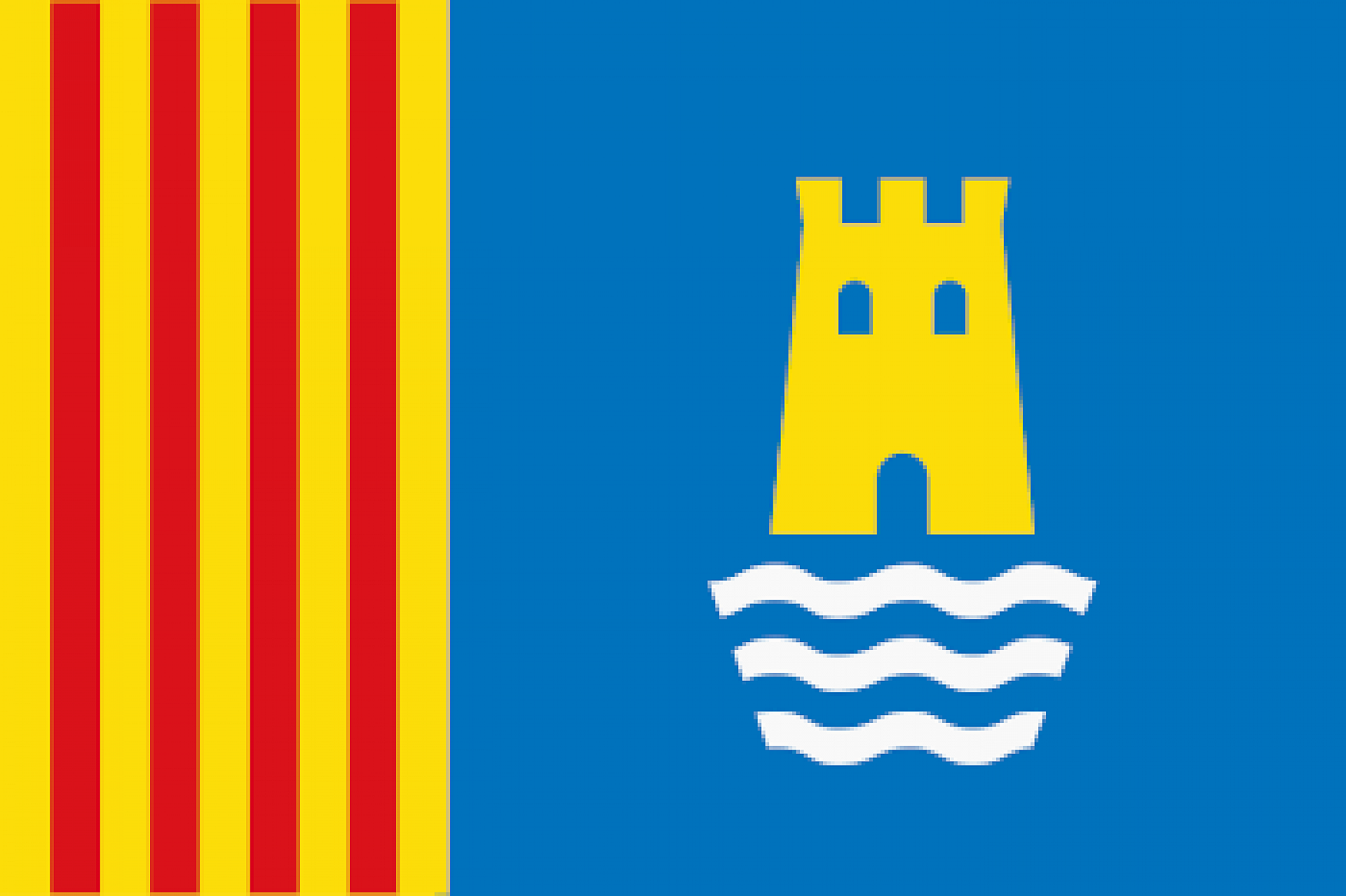
Watch:
Video Guardamar del Segura
Location: Coast
Airport: 28 km (Alicante)
Torrevieja: 14 km
Guardamar del Segura in a nutshell:
If there were a competition for the municipality with the most eventful history on the southern Costa Blanca, Guardamar del Segura would undoubtedly win the top prize. The town has many geographic reasons why ancient civilizations liked to settle there and then left their mark. The combination of its location on the sea and at the mouth of the river Segura made it an ideal location for seafaring civilizations to settle. Food from the sea and water to irrigate the agricultural hinterland were available in abundance. In addition, the hills immediately behind what is now Guardamar were strategically important for defense against possible enemies.
Today, Guardamar mainly attracts visitors with friendlier intentions than the rulers of yesteryear. Tourists and home buyers come mainly for the long sandy beaches, the inviting promenade, the large dune area and the still relaxed Mediterranean atmosphere. However, if you are interested in what made Guardamar what it is today, you can still find a lot of evidence from the time when the Phoenicians, the original Iberian civilization, Romans and Moors left their mark on the town.
Over the years, excavations and archaeological expeditions have yielded many puzzle pieces, which together sketch the broad lines of Guardamar from prehistoric times to the present day. The remains of a Phoenician port have been discovered in the dunes and traces of an old fortress have been found on the Cabezo de Estano hill. One of the most striking finds was that of the bust of the Dama de Guardamar. This statue, which is used today as the symbol of the city, was used by the Iberian civilization 400 years BC as part of a funeral ritual.
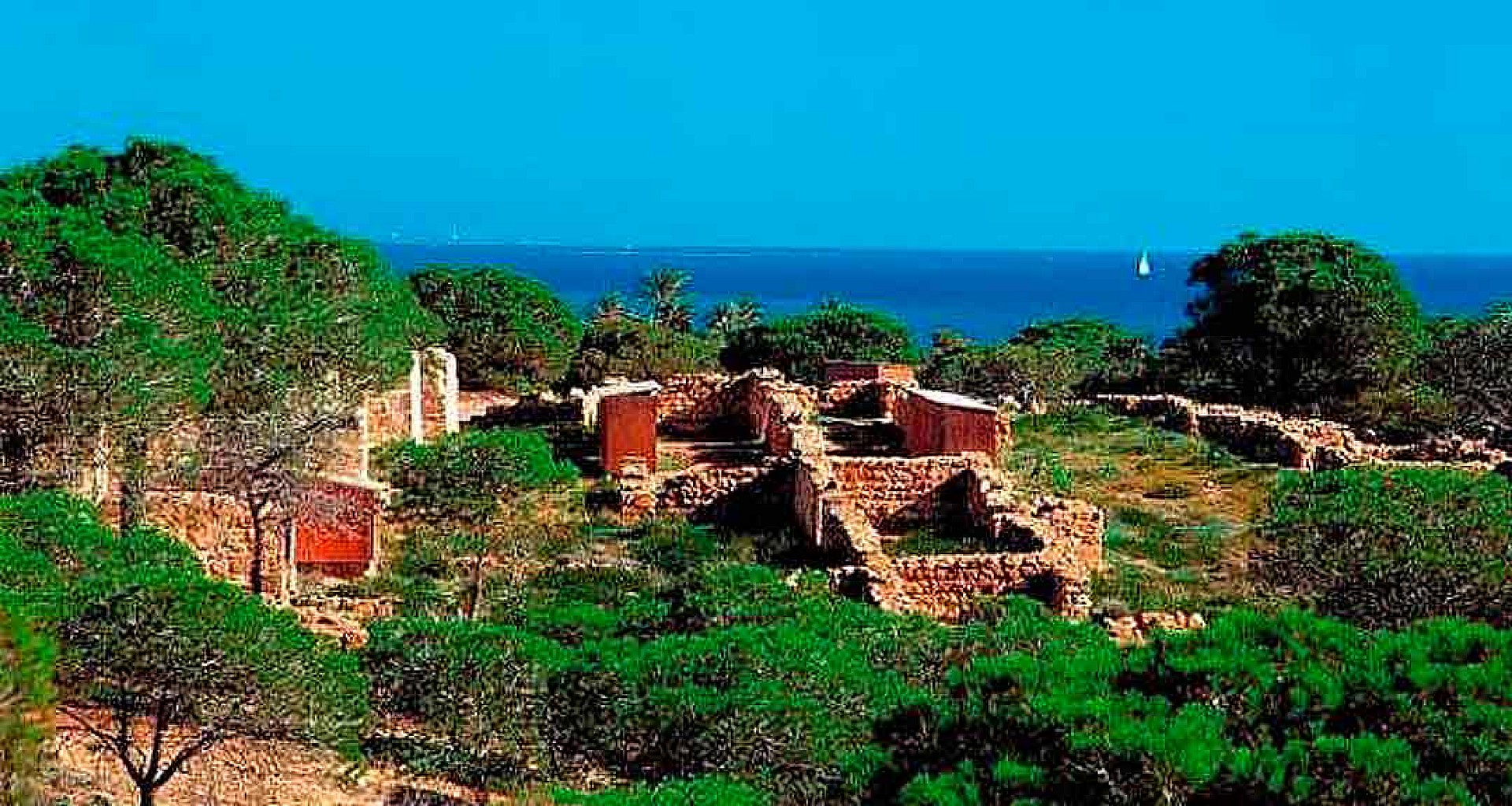
Evidence of the Roman presence can be found in the remains of a 'factory' for salting fish in the dunes and many old anchors and pitchers. The long period of Moorish rule has yielded another important discovery. In the area just west of the Alfonso XIII park, the ruins of the Rabita Califal can be admired. This was once a Moorish fortress and monastery used until an earthquake in 1048, according to archaeologists. It is the only complex of its kind ever found in Spain and one of the oldest in the western Mediterranean region.
The castle of Guardamar dates from the period when Berber pirates attacked all along the coast. This fortified complex served as a defense against the pirates.
To gain a more in-depth and chronological insight into Guardamar's turbulent history, a visit to the archaeological museum is recommended. The exhibits there are supported by graphic and audio visual presentations and a large amount of documentation.
The beaches of Guardamar and the range of natural areas are inextricably linked. Behind the eleven-kilometer-long sandy beach there is a wide area of dunes almost everywhere, which is a good place for nature lovers and hikers. The dunes are only interrupted on a short strip where the beaches border the densely populated center.
Thanks to the vastness of the wide sandy beaches, bathers have a wide choice of the type of beach they prefer. It is by far the busiest in summer at the Playas La Roqueta and Playa Center. These two stretches of beach are adjacent to the center and are located directly along the popular promenade with many terraces, bars and restaurants. The interplay between sunbathing and a tapa or cold drink at your fingertips is obviously a major draw. Due to the hustle and bustle, the level of facilities is also high with easy access for the disabled, a special playground for children, lifeguards and a Red Cross aid station.
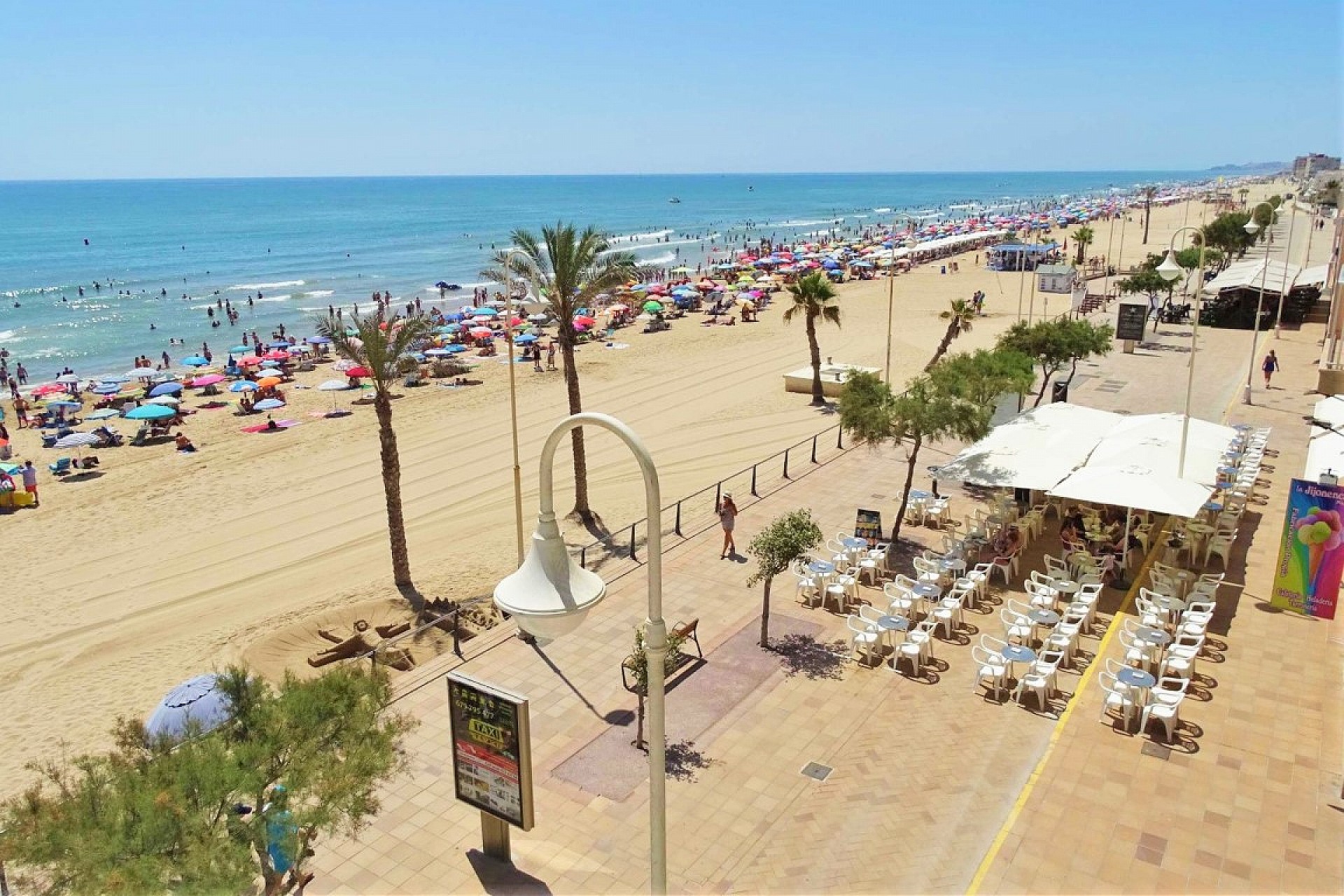
Most other beaches are much quieter. But these are sometimes a bit more difficult to reach and have fewer facilities for the inner man. The Playa de los Viveros near the marina is also fairly quiet in high season. A little further on is the naturist beach Playa Els Tossals. Thanks to the good quality of the sea water along the entire Guardamar coastline, the beaches are well suited for most water sports.
The enormous dune area behind the beaches with many palms, eucalyptus and pine trees is strangely not so much a gift from Mother Nature. This area began to take shape at the end of the nineteenth century. At that time the advancing dunes threatened to engulf large parts of Guardamar. Thanks to the knowledge and effort of engineer Francisco Mira, a pretentious replanting plan was carried out with the intention of holding onto the sand. How important he was to the survival of Guardamar can be seen from the museum dedicated to his work. This small museum is located in the tourist office.
Guardamar has two main locations for hosting cultural events. The Casa de Cultura, near the center, is the place where various activities can be visited throughout the year. With a capacity of 420 people, it is ideal for concerts, theater productions and dance performances. This cultural center also regularly hosts exhibitions and films.
During the summer months, attention shifts to the Reina Sofia Park. In this pleasant environment full of waterfalls and nature, many music performances are given in the auditorium, especially in July and August. For culture with a historical background, the tourist office offers a range of guided tours. Under the overarching motto 'Paths of history', visitors can learn more about the history, archeology and nature of the town.
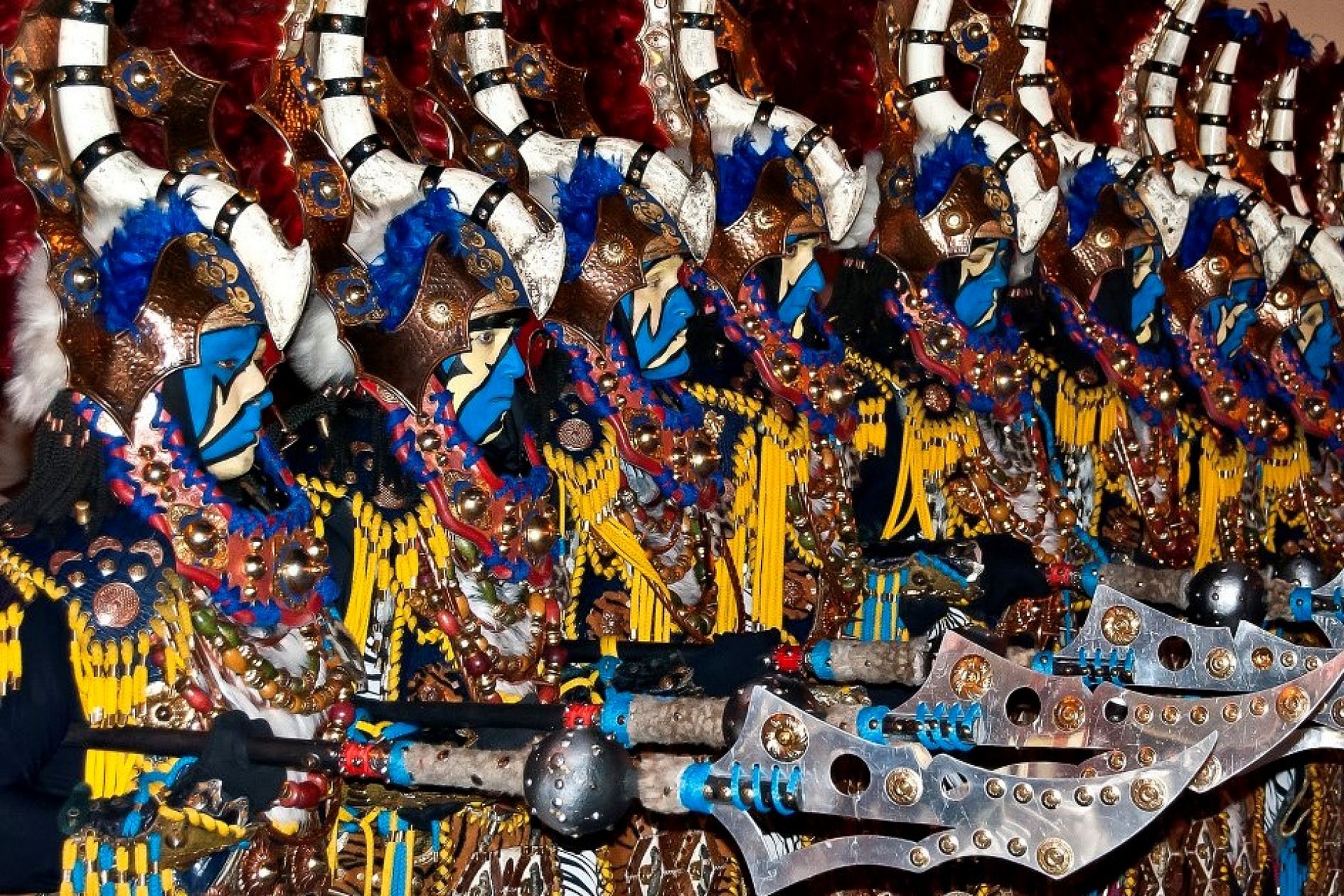
Like almost everywhere on the costas, Guardamar also has a well-filled party calendar. In addition to the usual religious festivals around Christmas and Easter, the festival of the Moors and Christians is an annual highlight. The July parade in Guardamar can easily compete with similar celebrations in the region in terms of exuberant music and colorful clothing. As in many other coastal towns, Guardamar has also adopted parts of the San Juan festivities in Alicante. So here too, large bonfires are lit on the night of June 23 to celebrate the longest day of the year.
Finally, there are two parties that are unique to Guardamar. The Feast for the Virgin Fatima is held over four weekends in September. The main activity is a procession during which her image is carried through the streets and flower offerings are made. Because this party coincides with the annual harvest time, there is always a popular paella competition on the program.
The most important of all feasts is that of the patron saint of Guardamar: the Virgin Rosaria. During ten days in the beginning of October, a variety of different activities are held. There are special services in the church every day. In addition, of course, the usual procession is also included. Furthermore, the visitor can expect an overflowing program of lots of music, choirs, dance and fireworks at the end.
The culinary world is of paramount importance to Guardamar. The town is proud to be the headquarters of the Acyra organization of the province of Alicante. This organization was set up to achieve the highest possible culinary level in bars, restaurants and hotels throughout the province. To underline this aim, the municipality organizes two important culinary events every year. The first is the gastronomic week of the nora and the shrimp. The nora is a type of pepper that is dried in the dunes in a special way and gives off an aroma that is very suitable for rice dishes. Guardamar is also proud of its shrimps. These are distinguished from other shrimp because they are caught locally in an area where salt and fresh water are mixed. That gives them a special taste. A growing number of restaurants are integrating these two unique Guardamar ingredients into many of their dishes this June week.
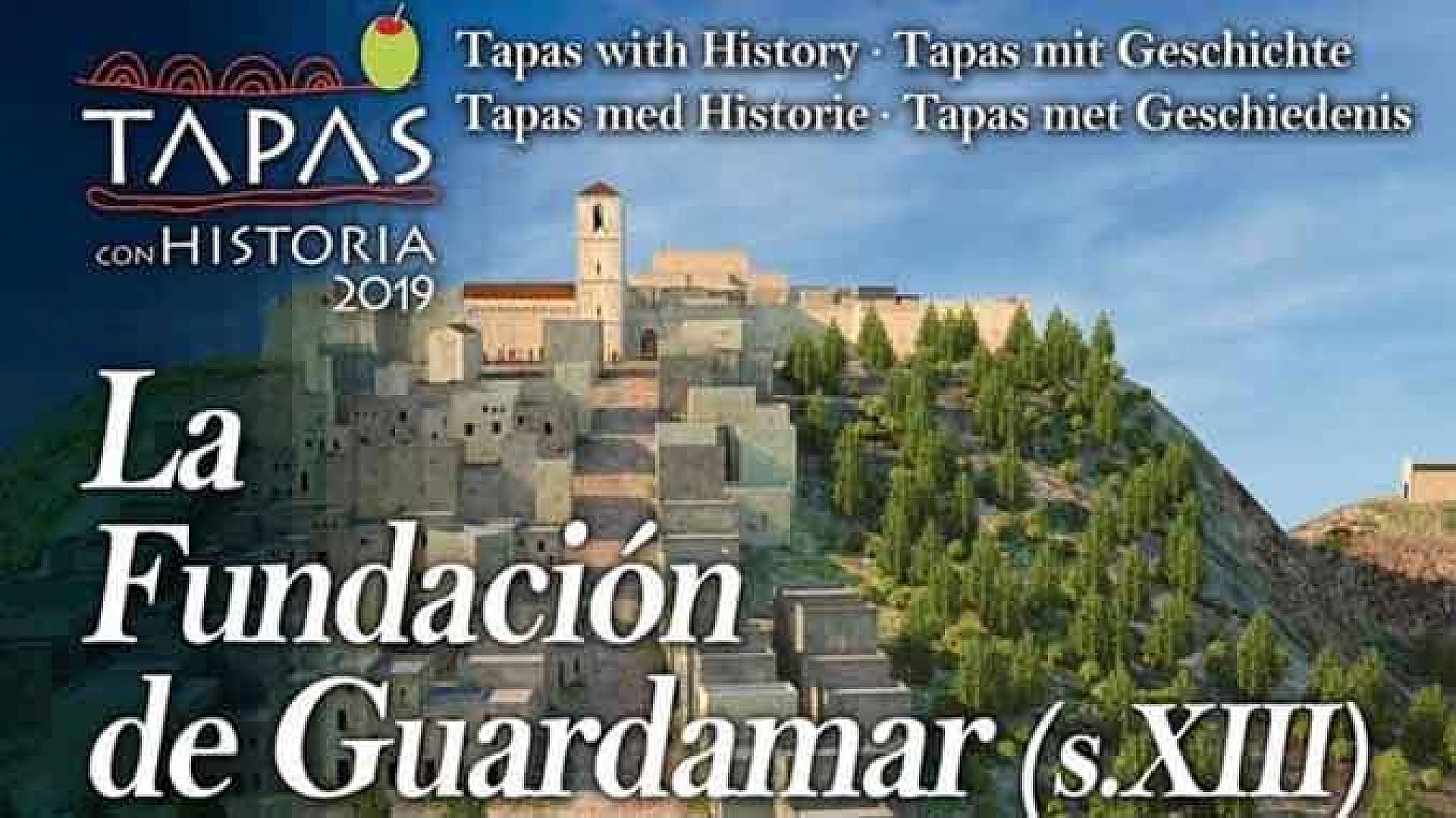
Although many villages and towns have now embraced the 'tapas route' phenomenon, Guardamar has given it its own twist. During between two and three weeks in October and November many bars and restaurants create special tapas with local products and according to a specific theme. Those who follow the route can now visit 20+ establishments. Every year, the dishes revolve around a certain historical period in Guardamar's history. In the past, for example, tapas with accents from the Iberian, Phoenician, Moorish, Roman and Medieval periods have already been offered.
Op sportief gebied heeft Guardamar verschillende faciteiten voor de bezoekers en bewoners. Watersporters kunnen in de jachthaven kiezen uit een veelheid aan activiteiten, waarvan sommigen in de vorm van cursussen of competities. Deze bezigheden omvatten zeilen, windsurfen, water skiën, duiken, kajakken en jet skiën.
Dichtbij het Playa Centro is het centraal gelegen lokale sportcentrum, oftewel de Polideportivo. Daar staan de volgende faciliteiten ter beschikking: vier tennisbanen, twee paddle tennisbanen, een gym, een squashbaan en een karatezaal. Buiten zijn twee velden aangelegd voor allerlei balsporten, zoals basketbal en five a side voetbal. Tot slot zijn in het complex een groot binnen zwembad en een buitenbad ondergebracht.
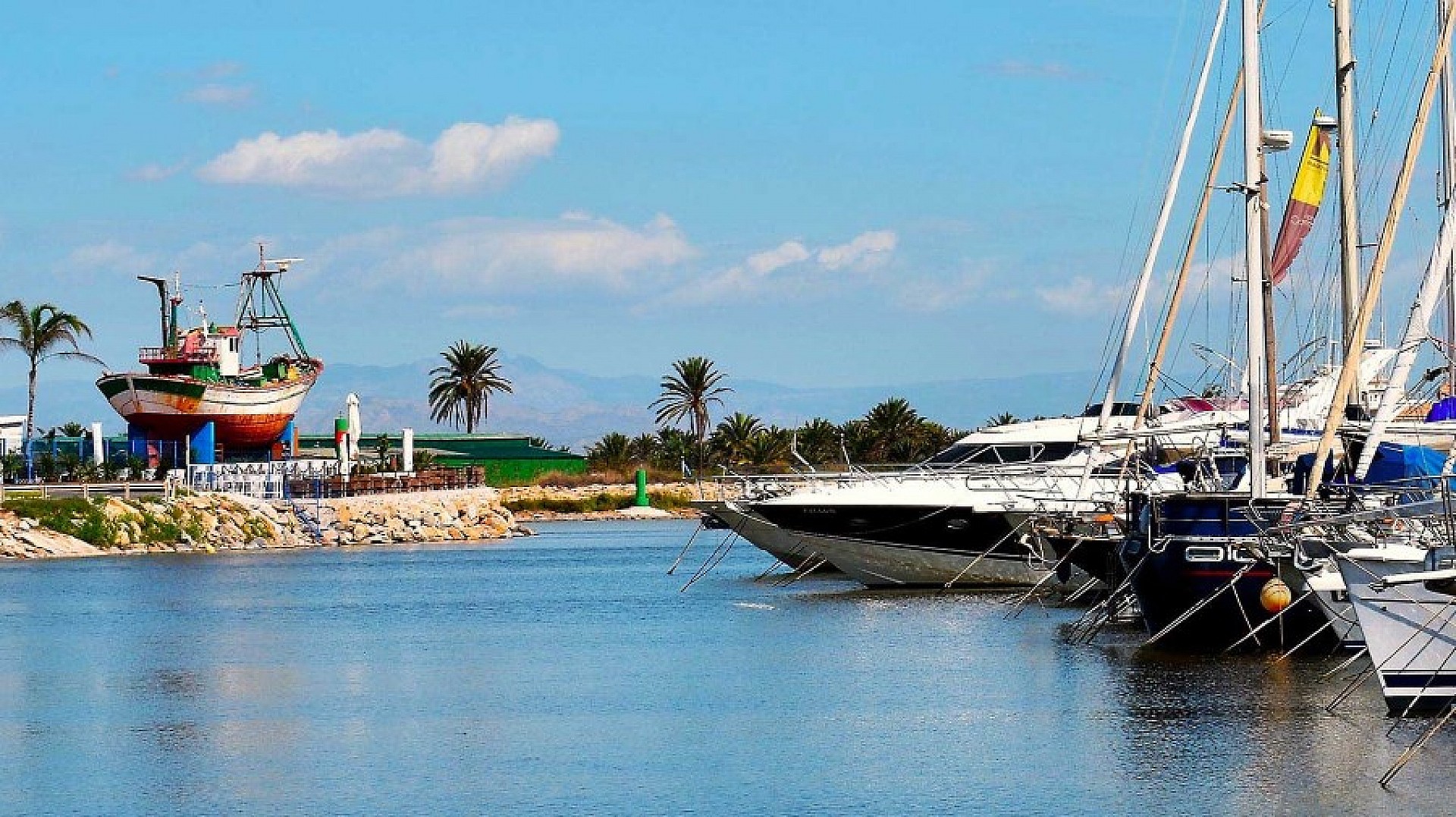
Due to Guardamar's unique location by the sea, along the river, close to an agricultural area and not far from the natural park and salt lake of La Mata, tourists interested in walking or cycling have a variety of options. The tourist office has more information about the different routes that can be followed along the river, through the dune area, the agricultural hinterland or near the marina.
And those who want to exert themselves a little in a super relaxed way can of course always visit the beach where an uninterrupted sandy beach of eleven kilometers long invites you to combine the useful with the pleasant.